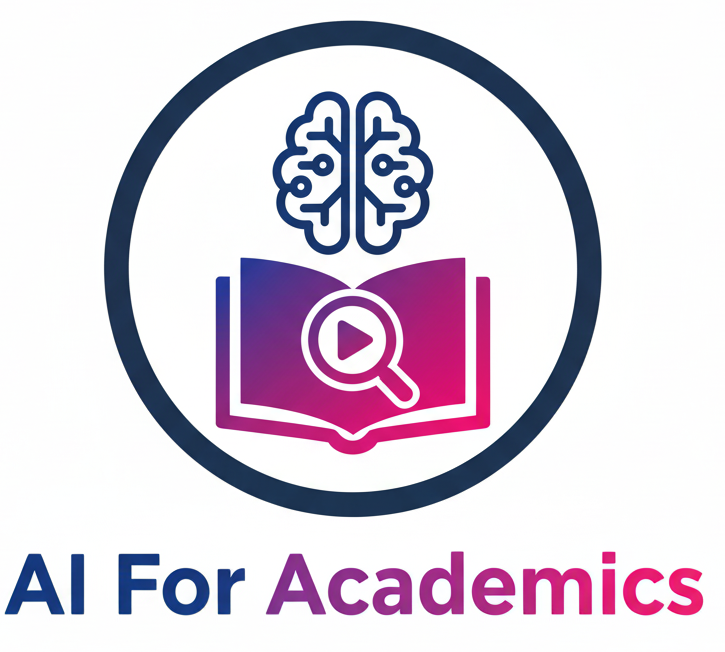In the data-intensive world of modern academia, research breakthroughs are often buried beneath mountains of raw information. Researchers are consistently challenged by complex statistical modeling, the sheer scale of large datasets, and the difficulty of translating numerical findings into visually compelling narratives for publication or presentation. The modern solution to these challenges is AI Data Analysis and Visualization.
These advanced platforms function as intelligent co-pilots, automating statistical heavy lifting, suggesting optimal models, and transforming data into sophisticated, publication-ready charts and graphs, allowing scholars to focus purely on interpretation and theory. AI Data Analysis and Visualization tools are becoming essential for every data-driven discipline.
AI-driven data analysis is about more than just speed; it’s about making advanced statistical rigor accessible and ensuring that the final published results are robust, transparent, and effortlessly visualized.
1. Automated Statistical Modeling and Data Cleaning
AI tools accelerate the most time-consuming aspects of data science: preparing the data and running complex analyses.
- Intelligent Data Preparation: Before analysis can even begin, data must be cleaned, normalized, and formatted. AI automatically detects outliers, imputes missing values based on established statistical models, and structures messy datasets, reducing weeks of prep work to hours.
- Model Selection and Optimization: Instead of manually cycling through various statistical tests, AI suggests the optimal statistical model (e.g., specific regression, clustering, or deep learning approach) based on the data structure and the research question. It also helps fine-tune hyperparameters to maximize the model’s predictive power.
- Handling High-Dimensional Data: Fields like genomics, physics, and social network analysis generate immense, high-dimensional datasets. AI tools are essential for efficiently reducing dimensionality and identifying latent variables and complex correlations that would be invisible to traditional methods.
2. Dynamic, Communicative Visualization
A great visualization tells a story instantly. AI removes the design and coding complexity, allowing researchers to quickly generate graphics that meet the highest standards of scientific communication.
- Automated Chart Generation: Based on the type of data and the insight being emphasized, AI automatically generates the most appropriate chart type (e.g., heatmaps, scatter plots, network graphs). It ensures best practices are followed regarding colorblind-friendly palettes, clear labeling, and proportional representation.
- Narrative Visualization Coaching: Some tools integrate design principles, guiding the user to emphasize the key takeaway. They can suggest annotations, highlight statistical significance, and adjust visual components to clearly support the primary argument of the paper or presentation.
- Interactive and Dynamic Outputs: AI enables the creation of complex, interactive visualizations that allow peer reviewers or readers to explore the data in real-time, greatly enhancing the reproducibility and transparency of the findings.
3. Transparency and Reproducibility
Critically, these advanced tools do not replace the researcher but enhance rigor. They provide clear audit trails for every decision made, from data imputation to model choice.r strengthening your literature review and discussion sections.


AI-driven data analysis is about more than just speed; it’s about making advanced statistical rigor accessible and ensuring that the final published results are robust, transparent, and effortlessly visualized.
Ready to accelerate your research impact? Explore the best Research & Publication Templates that specialize in structured document formatting, citation compliance, and publication strategy on our site today.

Leave a Reply